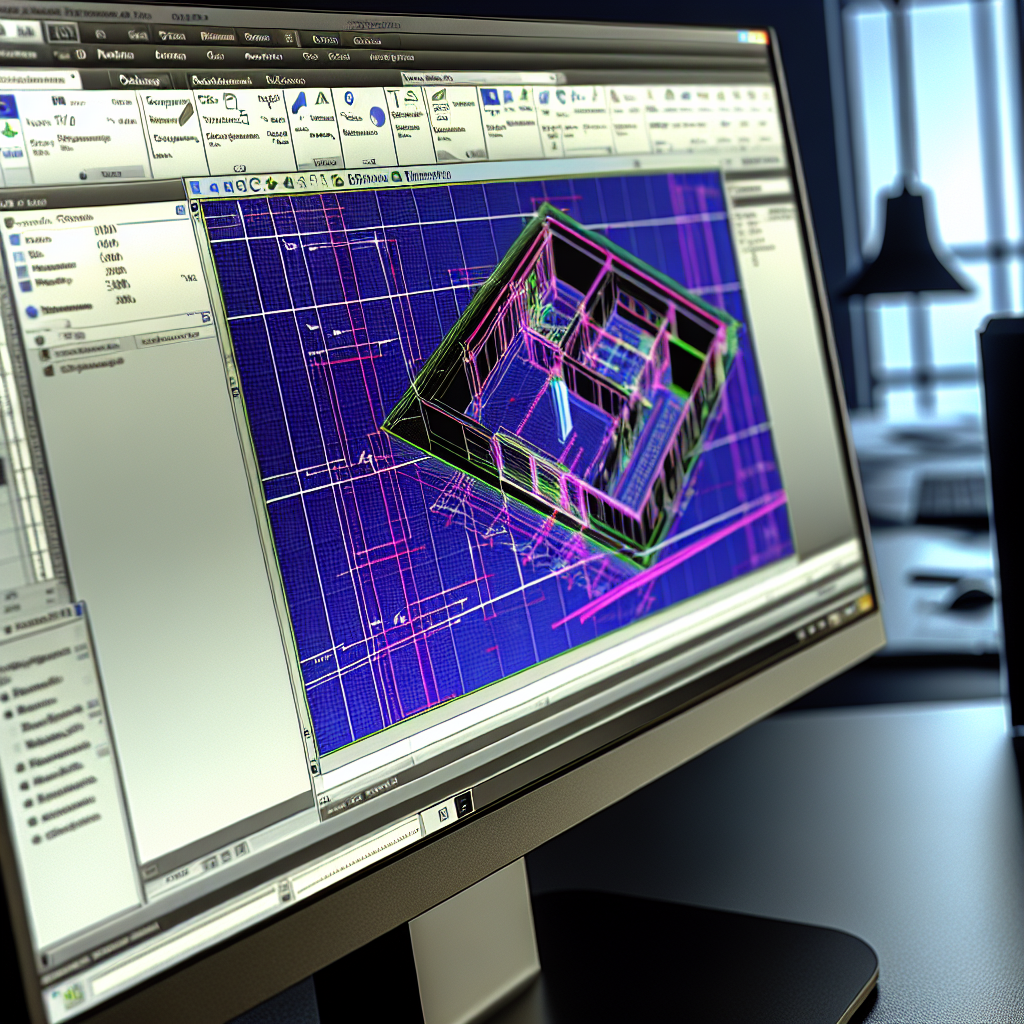Efficient dimensioning in AutoCAD is essential for speeding up the drafting process while maintaining precision and clarity. Mastering quick tips can significantly improve your workflow, reduce errors, and produce professional-quality drawings. In this article, we’ll explore practical strategies to enhance your dimensioning skills and optimize your projects.
Utilize Object Snaps and Object Snap Tracking for Precise Measurement
One of the foundational techniques for quick and accurate dimensioning in AutoCAD is leveraging **Object Snaps (Osnaps)** and **Object Snap Tracking**. These tools allow you to snap to specific points like midpoints, endpoints, centers, or intersections, ensuring your dimensions are anchored precisely where needed without manually hunting for these points.
- Object Snaps: Enable Osnaps by clicking the Osnap button or pressing F3. Customize the Osnap settings to include only the snaps relevant to your current task, minimizing distractions and improving speed.
- Object Snap Tracking: Activate it via the Osnap toolbar or press F11. This feature allows you to track along aligned points, making it easier to create dimensions between objects that are not directly connected but aligned visually or functionally.
By consistently using these tools, you can avoid errors and save time during the dimensioning process, especially in complex drawings with many intersecting elements.
Streamline Dimensioning with Dimension Styles and Default Settings
Another critical aspect of efficient dimensioning is customizing and utilizing **Dimension Styles**. Setting up default styles tailored to your project saves time and ensures consistency across drawings. By defining key parameters such as text size, arrowhead style, and precision, you eliminate repetitive adjustments each time you add dimensions.
Consider these best practices:
- Create multiple styles: Use different styles for various types of drawings (e.g., architectural, mechanical) to quickly switch between standards without reconfiguring settings each time.
- Apply style overrides sparingly: When necessary, override style settings for specific dimensions, but avoid doing this excessively to maintain uniformity.
- Use quick dimensioning commands: Commands such as QDIM (Quick Dimension) allow you to rapidly place multiple dimensions with minimal clicks, especially when combined with your predefined styles.
These strategies ensure your dimensions are clear, professional, and consistent, reducing the need for subsequent edits and revisions.
In conclusion, mastering efficient dimensioning in AutoCAD involves leveraging Object Snaps and Snapt Tracking for precise point targeting and customizing Dimension Styles for consistency and speed. Incorporating these tips into your workflow allows for faster, more accurate drawings, ultimately elevating your productivity and drawing quality. Practice these techniques to streamline your AutoCAD projects and achieve professional results effortlessly.
